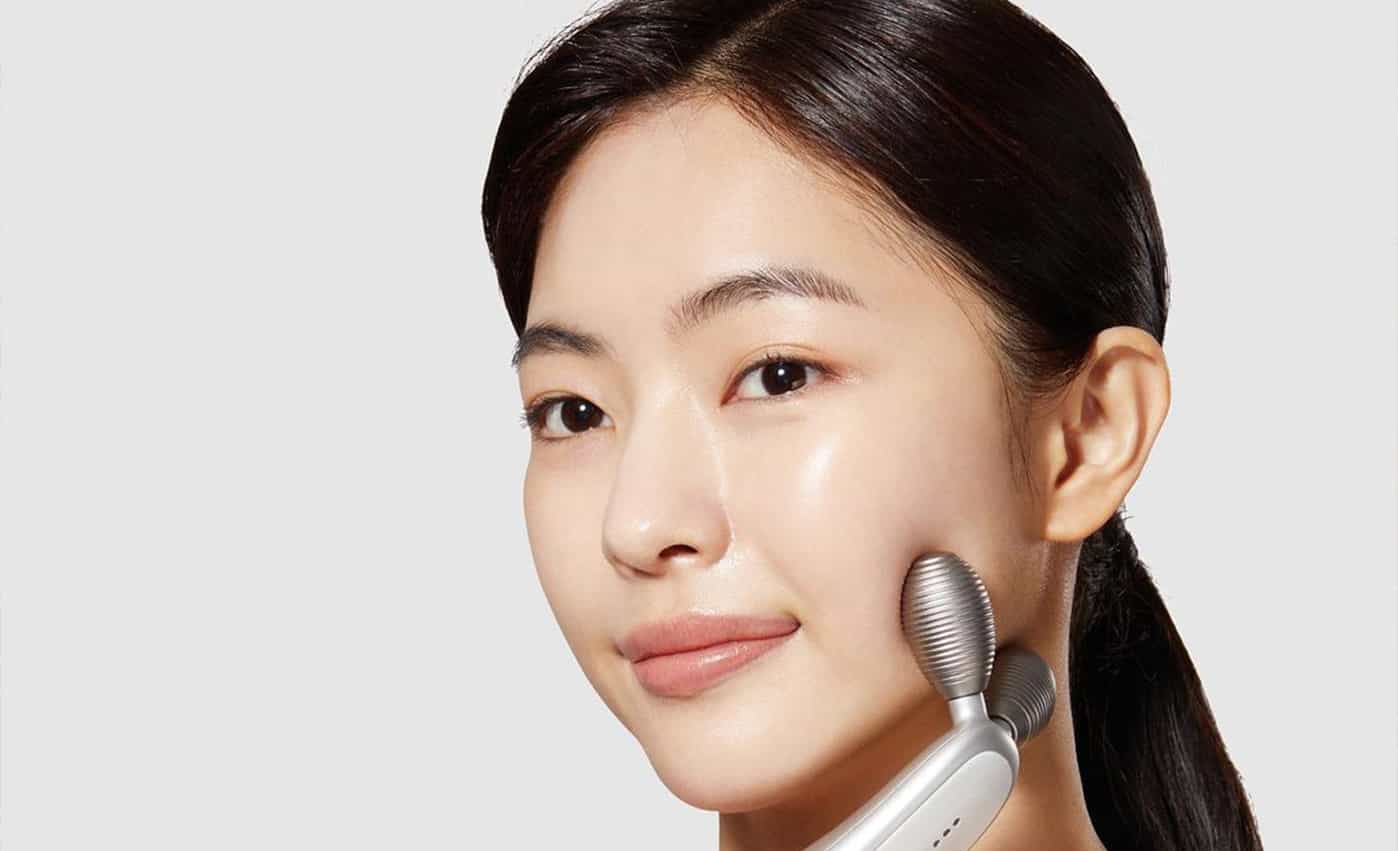Ninety per cent of new memberships for Oslo gym Crew come through posts featuring singer and influencer Julie Bergan, says Thea Gundersen, marketing manager for the brand. Bergan is not just working with Crew through a paid partnership, she is a co-owner of the fitness centre and even occasionally runs classes there. She is committed to the business and this has a serious impact on sales.
Gundersen works on Crew via Askeladden & Co – a Norwegian serial startup company which currently has 23 brands in its portfolio. The business aims to disrupt different industries through its affordable and simple products and services, which include companies from funeral agency Verd to veterinary clinic Petrus and massage chain Squeeze.
For Askeladden, the ”influencer as co-owner” strategy is not limited to Crew. The company is attempting a similar approach with its fast food chain, Burgerheim, in which singer and TV personality Stian ‘Staysman’ Torbjørnsen is an investor. Thanks to this, promotion comes free of charge – Torbjørnsen has handed out free Burgerheim burgers at his gigs in addition to posting about the brand on his socials. Gundersen says they picked Torbjørnsen because, like Burgerheim, his audience is predominantly outside of Norway’s metropolitan areas.
Askeladden is smart to invest in influencer marketing, which is on the rise in Norway. The first quarter of 2022 saw a 90% increase in the channel year-on-year, and 41% of Norwegian consumers trust commercial messages from influencers. Globally, this number is only 23%. The average engagement of Norwegian influencers is also higher than the worldwide average, proving the country is a good market for creator collaborations.
You may also like
Another successful partnership for Askeladden has been healthcare provider Dr. Dropin’s collaboration with sexologist and TV personality Iselin Guttormsen. Guttormsen has used her authority around sex, wellbeing and selfcare to discuss women’s health in partnership with the business. Nothing is out of bounds – she has even filmed herself getting an IUD fitted. Gundersen points out that the recurring nature of the partnership has been beneficial for Dr. Dropin, which is Askeladden’s most successful brand.
Askeladden’s pizza chain Digg attempted another strategy through its collaboration with comedy TikToker Henrik Oven, known as Groggymenn2, who created his own pizza with the brand. It was the second most popular pizza at Digg for the month it was available and the brand didn’t even promote it. “With TikTokers, one day they’re in and the next day they’re out,” she says. According to Gundersen, the timing of the collaboration was the key to the success, with Oven releasing a song that landed the top spot on Spotify Norway’s hit list around the same time as the pizza partnership.
Instead of being paid a fee, the TikToker was paid a percentage of each sale, giving him his own incentive to promote the pizza. “In the future, I envision us doing more of this type of collaboration but on a bigger scale, where influencers create a product for us which we then sell as a limited edition,” Gundersen says.
Through trial and error, she has discovered the brands she works with benefit most from collaborations with bigger creators – 100,000 followers and up – rather than micro influencers. This is partly because many are startups and not established household names, meaning macro influencers have a better chance of spreading brand awareness. Norway is a small market and only a few people have sell-out power. Gundersen notes, “Sophie Elise and Isabel Raad could sell sand in the Sahara and be successful.”
The marketing manager points out they rarely see enough results from a single influencer post, and instead they repurpose these posts as their social media advertisements. She says the business has done trials where a “regular” advert got an average of one second view time, a consumer testimonial got around two seconds and an influencer video received three to four seconds on average, making it the most impactful.
Gundersen’s tips for a successful campaign include giving the influencer a relatively open brief with creative freedom and ensuring the brand has the rights to use the influencer’s content for commercial purposes. She also stresses the importance of using influencers with bubbly, charismatic personalities and not “boring” Instagrammers who often lack the skills necessary for captivating a video audience.
By Dina Zubi, news and features writer for CORQ. Picture credit: Julie Bergan.










Taco Bell’s Mexican Pizza: The Musical is its smartest influencer marketing move yet